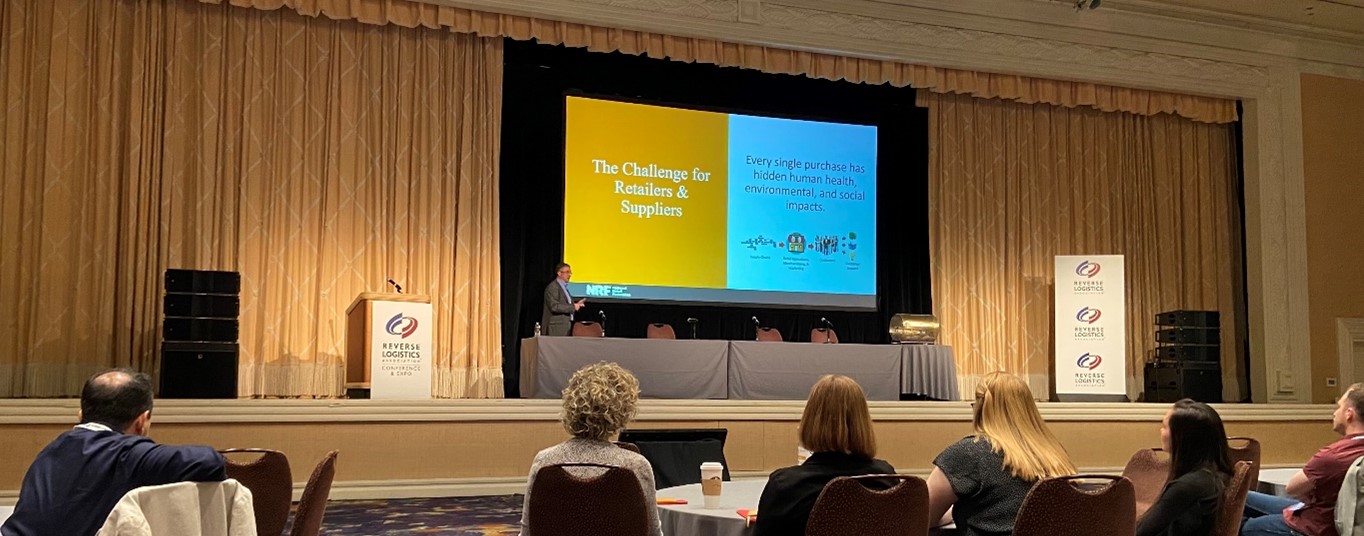In order to go forward, you must go backwards: 4 trends that are helping to solve the reverse logistics conundrum
No matter the industry or the geography, everyone is feeling the same pressure to reduce the expense associated with reverse logistics and align their returns strategy with more sustainable practices.
We are no longer in the day and age where the landfill or the incinerator is the solution – refurbishing, re-packaging, and re-selling products are now the #1 priority. And if all else fails, companies must find the most efficient and cost-effective way to recycle their returned goods.
This year, $761 billion / €692 billion in returns are expected – 20% of which are the result of e-commerce, according to the National Retail Federation (NRF). Those powerful statistics are what brought more than 600 retailers and supply chain/logistics professionals to the Reverse Logistics Association (RLA) Summit in Las Vegas February 7-9.
So, what were the trends and potential solutions that fueled along conversations at this year’s event?? Check them out below.
Automation
- Once a returned item makes its way back to a warehouse, in more cases than not, a worker will manually evaluate each good to ultimately determine its ultimate destination. Is it repairable and re-sellable, or does it belong in the garbage or recycling bin? This a timely, costly, and a laborious process. That’s why automation and machine learning are now being introduced into the sorting and disposition process to make this job much easier – all while choosing a decision that is most profitable for the organization.
Sustainability
- Retail is one of the most pollutive industries in the world. Retailers, and other businesses, are feeling immense pressure from consumers to “do the right thing” – when it comes to treating the Earth better. Environmental, Social, and Governance (ESG) reports are now more prevalent than ever and are being directly tied back to employee KPIs. Companies are also holding every single one of their suppliers responsible – from the emissions released via shipments, to the packaging being used to ship re-sold goods. Recycled content and recyclability of packaging materials are now playing an even bigger role in reducing carbon footprint.
Recommerce
- The Retail resale segment is growing into a $60B /€55B industry, according to Scot Case, Corporate Responsibility & Sustainability VP at NRF, creating a sub-category of suppliers that are purchasing used goods, repairing them, and reselling them as white label products via e-commerce. This is becoming a new revenue stream within the retail space. As a part of this, re-packaging is key, requiring polybags, air cushioning, and void fillsolutions to ensure products arrive safely on the doorstep of consumers.
3PLs
- Third-party Logistics are becoming the true back bone of reverse logistics – especially as labor shortages, freight costs, and warehouse capacity issues continue to plague retailers. Many businesses are leaning heavily on a whole network of 3PL providers to assist with returns management, logistics, and pack & ship services.

